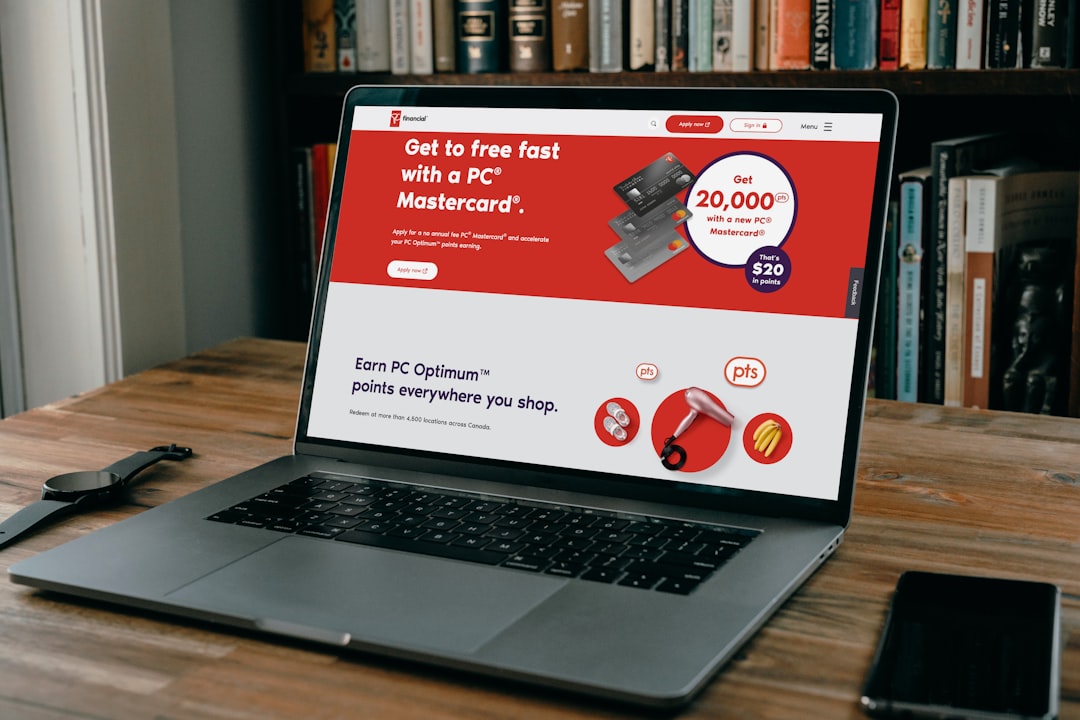Aniwave has quickly gained recognition as a popular anime streaming platform, offering a vast library of titles to fans across the globe. Despite its increasing visibility, questions remain about who exactly is behind the creation and ongoing management of Aniwave Anime. In this article, we examine the available evidence and explore the origins of the platform to better understand its legitimacy, ownership, and potential purpose.
What is Aniwave?
Aniwave is an online platform that allows users to stream anime content, often at no cost. It boasts thousands of episodes across various genres—from classic shonen titles to lesser-known indie productions. What sets Aniwave apart is its user-friendly interface, regular content updates, and minimal advertising disruptions.
Unlike many mainstream services like Crunchyroll or Funimation, Aniwave operates in a legal gray area, especially regarding licensing and distribution rights. This has fueled speculation about the individuals or entities responsible for the platform’s development and maintenance.
The Mystery Behind the Creator
As of 2024, there is no verifiable public information that clearly identifies the creator or development team of Aniwave. The website itself provides no ownership disclosures and lacks detailed “About Us” or contact pages. This anonymity is not unusual for platforms that may operate outside the standard bounds of international copyright laws. Still, it raises concerns about site security, user privacy, and content legitimacy.
Some digital researchers suggest that Aniwave may have origins similar to former platforms like KissAnime or 9anime, which were also structured to avoid global copyright enforcement through offshore hosting, anonymous domains, and evasive backend development strategies.

Possible Origins and Technical Clues
Although the true creator remains anonymous, certain digital footprints give us a glimpse into how Aniwave may have started:
- Domain Registration: The Aniwave domain is registered through privacy protection services, indicating an intentional effort to obscure ownership.
- Similar Interface: The site bears significant resemblance to defunct anime streaming platforms, leading some experts to believe that it is the successor—or direct replacement—to earlier sites that were taken offline by legal authorities.
- Open-Source Code: Pieces of Aniwave’s functionality resemble open-source players and libraries, which are commonly used by developers seeking to create streaming platforms quickly and efficiently.
Given these clues, it’s possible that Aniwave was either created by a small team of technically skilled anime enthusiasts or by a rebranded group formerly associated with earlier, now-defunct streaming entities.
Concerns and Ethical Implications
While Aniwave provides easy, free access to anime, it does so at the expense of copyright compliance. Titles featured on the site are often shared without the authorization of original creators, license holders, or production studios.
This raises the following ethical and legal questions:
- Creator Compensation: If fans consume anime through unofficial platforms, it reduces the revenue studios and artists earn from legal licensing deals.
- User Privacy: The anonymized ownership of Aniwave makes it difficult to ensure user data is being handled securely.
- Platform Sustainability: Because the site operates in a gray legal area, there is a constant risk of takedowns, meaning users lose access without warning.

Conclusion
In summary, the creator of Aniwave Anime remains unidentified as of this writing, a fact that adds both mystique and unease to the platform’s use. The service appears to have developed from predecessors in the anime streaming scene, possibly by individuals experienced in circumventing digital content restrictions. While it offers convenience and a broad catalog of shows, the omission of transparent ownership and legal licensing presents notable risks and ethical considerations.
For anime enthusiasts, the rise of Aniwave reflects a broader discussion within the community: how to balance accessibility with respect for the creative and legal frameworks that support the medium. Until more solid information surfaces, users should remain cautious and informed when engaging with unlicensed streaming services.
